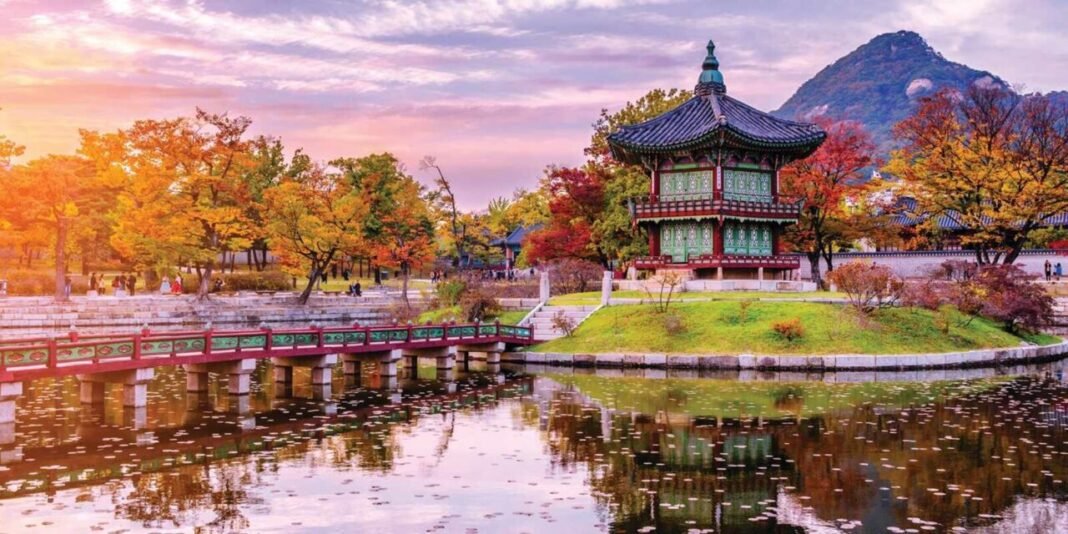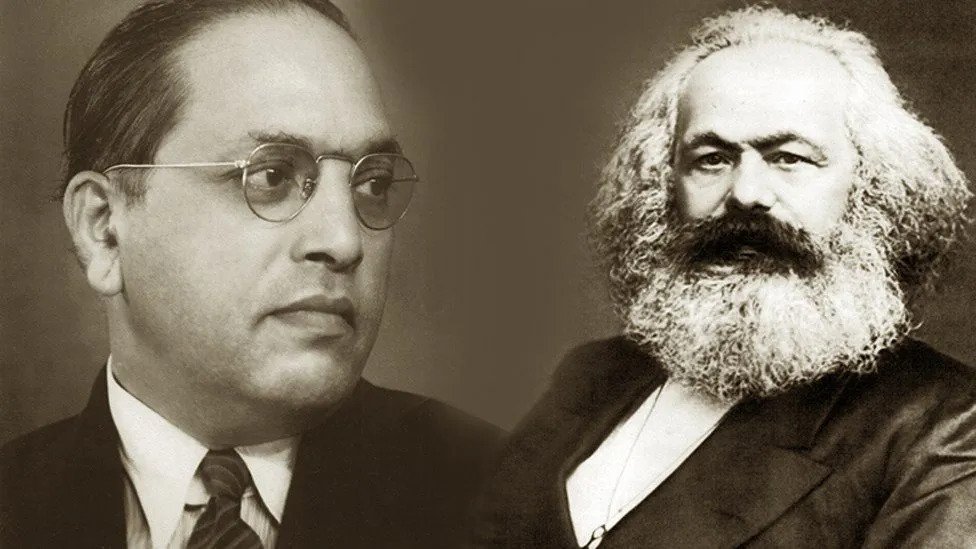By: Unmana Chakraverty
South Korea and India have shared very good bilateral relations since 1923. This is because the two countries have always been known for their peace-loving nature and certain cultural similarities. The growing consumption of K-pop and K-dramas in India and Bollywood movies in South Korea has brought the two nations closer together. We have the Korean Cultural Center India in New Delhi, where various events are organised to celebrate both Indian and Korean cultures and the growing unity and friendship between the two countries. We even have the KOTRA (Korea Trade-Investment Agency), which promotes trade and investment between both nations. School and college-going students are immensely in love with Korean singers and actors. We are all familiar with the “Look East Policy” of the Indian government, which was developed in 1991 during the government of Prime Minister Narshima Rao (1991–1996) and extensively worked upon during the times of Prime Minister Atal Bihari Vajpayee (1998–2004) and Prime Minister Dr. Manmohan Singh (2004–2014). In the year 2014, during the time of Prime Minister Narendra Modi, this policy got revised and was renamed the “Act East Policy” of India. The difference between both policies is that the former focused more on building economic, cultural, and commercial relations with Southeast Asian countries, which would also ensure the strategic ties of the country with other regions of Southeast Asia, whereas the latter focuses on building and enhancing strategic, economic, and cultural ties with countries in the East Asia Pacific region.
Recently, I came across an article on the internet wherein it was mentioned how many investments Japan had made in the northeastern region of India. Japan has invested around $2 billion to enhance the infrastructure of northeast India. Some of the projects undertaken by Japan that have played a potential role in India’s Act Policy are the Guwahati Water Supply Project, the Guwahati Sewage Project in Assam, the Project on Capacity Enhancement for Sustainable Agriculture and Irrigation Development in Mizoram, and many more. Northeast India, since time immemorial, has been high on resources but low on development and infrastructure. Not just infrastructure development, but Japan also has a strong cultural influence on northeast India due to the rising popularity of anime.
Now, let us talk about the possibility of future interests of South Korea in the northeastern states of India. Northeast India has always been a hub for Korean culture in India. Since the early 2000s, people, especially millennials living in states like Manipur, Mizoram, and Arunachal Pradesh, have grown up listening to K-pop and watching K-dramas. Today, the world can see Indian states such as Mumbai, Delhi, Kolkata, Chennai, and Bengaluru having a craze for “K waves.” It’s good to see the rising popularity of Korean culture in India, but as much as it seems good, it also seems quite unjust that when it comes to organising festivals and events related to K-pop, the cities that get to witness them are Delhi, Mumbai, or Bangalore. I have never heard of any festivals or events getting organised in any of the states in northeast India. I am not against it, but I would really appreciate it if companies like the Korean Cultural Center of India (KCCI) and the Korea Trade-Investment Promotion Agency (KOTRA) could have such kinds of events and festivals in northeast India. This is probably my personal opinion, but apart from festivals and events, there are many ways that South Korea can help the NE region of India with the upliftment of its economy and the eradication of unemployment.
There are multiple startup companies in South Korea that have subsets in the Northeast region of India. We all know that Korean companies like Samsung, LG, and Hyundai have their bases in India with headquarters in Gurugram, Greater Noida, and Tamil Nadu, respectively, which has led to growth in employment opportunities along with enhancing the economic ties between both South Korea and India. Likewise, there are many startup companies in South Korea since 2016 like Morai (2018), Bringko (2019), and 42 dots (2019) that have raised funds worth $24.9 million, 1.7 billion won, and 153 billion won, respectively, since their establishment, and they are all flourishing with time. If such companies can have their subsets in the northeastern part of India, then they can provide employment to so many people, additionally uplifting the infrastructure and industries in the region.
Recently, one of my relatives forwarded me the official admission notice released by the prestigious “Dibrugarh University” on February 7, 2023, which stated that the university will be providing a one-year certificate course programme in Korean language. This is a commendable initiative by the university because we only have the Manipur University, which provides bachelor’s and master’s degrees in Korean language, and the King Sejong Institute, both located in Manipur. Whereas Korean culture has a huge following in the entire northeast region of India, we don’t have any private institute or coaching class where people could be taught the Korean language. Even culturally, the influence of South Korea has been very evident. With the songs people have grown up listening to, the dramas people have grown up watching, and the fashion people have been following for many years, it is apparent that more than other states of the country, the northeastern states deserve more attention and importance when it comes to organising any festival or event related to Korean culture or even doing business. Let me cite an example of one cultural commonality between Korea and northeast India by depicting the way the Korean harvest festival “Chuseok” and the Assamese harvest festival “Bihu” are conducted. Chuseok is celebrated in the month of September, and it is a Thanksgiving mid-autumn harvest festival in which families come together and pray for a good harvest and also for the future harvest to be better than the last one. Along with prayers, people also prepare songpyeon, which is like a rice cake that shows the symbol of a good harvest. Not only food and prayers, but Koreans also celebrate the festival by dancing, singing, and playing games.
Similar to Chuseok, we celebrate “Bihu” in Assam, which is a festival related to agriculture and harvesting. In this festival, Assamese people pray, sing, dance, and prepare food made of rice such as pithas, and women in Assam dance in circles to celebrate the good harvest, which is similar to gangangsullae in Korean culture.
With India’s inclusion in the list of G20 countries and having five meetings in the northeastern state of Assam, it’s a great opportunity to focus on the potentialities of the state. The ones who are observant enough will also get to see how hard the municipality has worked to clean the areas through which the guests will be passing, whereas the regular areas are still under construction. I won’t discuss the inside issues of the state or the city, but what’s going to change possibly after these G20 meetings would be the way people look at Northeast India, and this is definitely a very good opportunity for a country like South Korea, which is the 4th most developed country on the Asian continent, to have a look over the NE region of India and start preparing a blueprint of how to make investments, build infrastructure, and make ties with India even stronger by uplifting this particular region.
South Korea has always stood against racism happening to Asian people around the world. The biggest boyband in the world, BTS, visited the White House in 2022 to speak against anti-Asian hatred in America. Their visit got widespread media coverage. In India, we still face a lot of racism when it comes to people from the northeast. Although the issues don’t get much media attention, I would still like to address the fact that people in the Northeast faced a lot of issues during COVID-19. One of those people was me, who used to get laughed at and get called out as “Corona” just because I came from the Northeast. In my opinion, the issues of racism can only be eradicated if the region gets more attention and development in every sphere. Living both inside and outside Northeast India has made me realise that the youth of the region are becoming confident with each passing day. If I am asked the reason of this confidence then I would surely refer to the influence both Korean and Japanese culture are having on the youth which is in a way getting reflected in their fashion sense and way of conducting themselves and I do believe this is the right time we start utilising our human resources in the most positive way which will not only develop the region but will also contribute to the growth of India as the youths are the future of our nation. We need more schools, universities, and hospitals in the region. Korea’s interest in the NE region of India will not only improve the region’s infrastructure, markets, and industries, including the tourism industry, but will also lead to the strengthening of manpower. (The author can be reached at chakravertyunmana@gmail.com)







